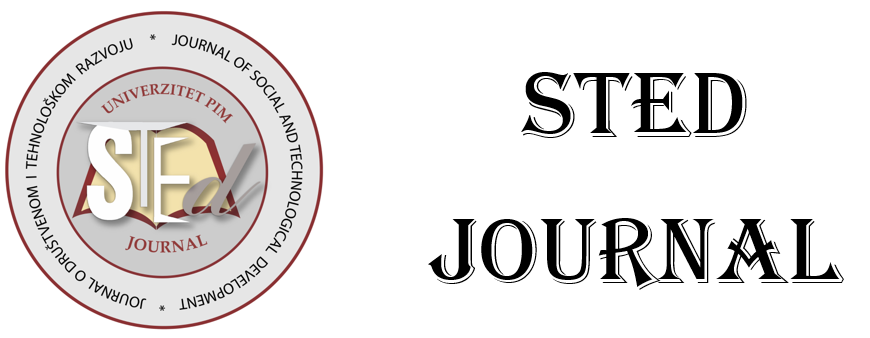
More articles from Volume 6, Issue 2, 2024
ADVANCING PLANT METABOLISM ANALYSIS: A REAL – TIME OPTICAL APPROACH, INSIGHTS FROM VRIESEA CARINATA WAWRA
ADSORPTION KINETICS AND THERMODYNAMICS OF CIPROFLOXACIN FROM AQUEOUS SOLUTIONS BY MAGNETIC IRON OXIDE NANOPARTICLES MODIFIED MORINGA PODS
SEQUESTRATION OF CIPROFLOXACIN FROM AQUEOUS SOLUTIONS BY NANOCOMPOSITE OBTAINED VIA MORINGA OLEIFERA PODS AND FELDSPAR CLAY MODIFICATION
ADSORPTION OF HEAVY METALS FROM WATER USING MORINGA OLIFERA PODS MODIFIED WITH IRON OXIDE NANOPARTICLES
RESULTS OF THE APPLICATION OF ADDENBROOKE’S REVISED COGNITIVE TEST EVALUATIONS: COMPARISON OF TWO CASE REPORTS
Article views
ADVANCING PLANT METABOLISM ANALYSIS: A REAL – TIME OPTICAL APPROACH, INSIGHTS FROM VRIESEA CARINATA WAWRA
Faculty of Physics, University of Belgrade , Belgrade , Serbia
Faculty of Physics, University of Belgrade , Belgrade , Serbia
Faculty of Physics, University of Belgrade , Belgrade , Serbia
Technology and Metallurgy, Institute of Chemistry, University of Belgrade , Belgrade , Serbia

Faculty of Physics, University of Belgrade , Belgrade , Serbia
Received: 18.07.2024.
Accepted: 01.11.2024. >>
Published: 29.11.2024.
Volume 6, Issue 2 (2024)
pp. 1-9;
Abstract
Optical detection of plant stress in real-time is crucial as it enables timely interventions to mitigate potential damage. This study presents a detailed evaluation of a system that detects changes in plant metabolism in real-time by distributing optical signals across the leaf. The methodology facilitates continuous monitoring of changes in the optical properties of plant leaves through measurements of optical transmission coefficients using a 665 nm LED light signal, thereby recording the circadian rhythm over time. Given that the photosynthetic processes within the leaves are closely linked to the plant’s overall health, this system can detect stress caused by various factors and identify metabolic changes by analysing the circadian rhythm patterns of the observed plants.
For inducing metabolic changes, the plant Vriesea carinata Wawra, a verified representative of dual metabolism, was subjected to high light intensity stress. To validate the method, the collected results were compared with data obtained through chemical methods to establish a correlation between the traditional, destructive method and the non-destructive, optical method.
The findings successfully identify circadian rhythms as parameters for recognizing changes in plant metabolism, demonstrating the significance of the proposed method in researching plant physiology through the optical identification of biological processes.
Keywords
References
Citation
Copyright
All papers are licensed under a Creative Commons Attribution 4.0 International License.
Article metrics
The statements, opinions and data contained in the journal are solely those of the individual authors and contributors and not of the publisher and the editor(s). We stay neutral with regard to jurisdictional claims in published maps and institutional affiliations.












